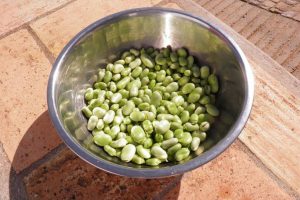What is the best Fava Bean substitute?
So, you need a fava bean substitute – well, look no further. Picture this: you’re all set to whip up a fabulous dish, only to realize you’re fresh out of fava beans. Don’t stress; we’ve got your back. Now, let’s get into the nitty-gritty of alternatives that not only rescue your recipe but just might even elevate it to new heights.
While most sources touch on the usual suspects like edamame or lima beans, let’s dig a bit deeper. Did you know that roasted chickpeas can bring a nutty crunch to your plate, or that buttery green peas can seamlessly step in for fava beans? It’s not just about substitution; it’s about enhancing flavors and textures.
As an alternative to Fava Beans we suggest you try using: Edamame, Lima Beans, Butter Peas, Roasted Chickpeas, Mung Beans, Green Peas, Cannellini Beans, Red Kidney Beans, or Sugar Snap Peas.
What are Fava Beans?
What actually is a fava bean? Well, imagine a legume that’s not just a protein powerhouse but also adds a rich, earthy flavor to your dishes.
Also known as broad beans, these guys have been around since ancient times, making their mark in various cuisines. They’re flat, green, and have a slightly sweet, nutty taste. Now, here’s the cool part – fava beans are not just delicious; they’re packed with nutrients like fiber, protein, and a bunch of vitamins and minerals.
In the kitchen, they’re incredibly versatile. You can toss them into salads, soups, or stews, or mash them up for a creamy spread. If you’re feeling fancy, go ahead and incorporate them into pasta dishes or risottos. Their buttery texture and distinct flavor make them a star player in many recipes.
What can I use Fava Beans for?
The possibilities with fava beans are endless! These versatile legumes can add a touch of magic to a wide array of dishes. Here are some fantastic ways to use fava beans – how many have you tried?
- Salads: Toss blanched or cooked fava beans into your favorite salads for a burst of freshness and added protein. They pair really well with leafy greens, cherry tomatoes, and also a zesty vinaigrette.
- Dips and Spreads: Why not blend cooked fava beans with garlic, lemon juice, and olive oil to create a creamy and flavorful dip. It’s a fantastic alternative to the traditional hummus.
- Pasta and Risotto: Add cooked fava beans to pasta dishes or risottos for a pop of color, texture, and also a hint of nuttiness. They work well with a variety of flavors and sauces.
- Soups and Stews: Enhance the heartiness of your soups and stews by incorporating fava beans. They absorb flavors beautifully and also contribute a creamy texture to the dish.
- Side Dishes: Serve fava beans as a side dish by sautéing them with herbs, garlic, and a splash of olive oil. It’s a simple yet delicious way to showcase their natural flavors.
- Mashes and Purees: Create a velvety mash or puree by blending cooked fava beans with garlic and olive oil. It makes for a tasty side dish or even a unique spread for bread or crackers.
- Grain Bowls: Build wholesome grain bowls by combining cooked fava beans with grains like quinoa or farro. Add roasted vegetables, a protein source, and your favorite dressing for a satisfying meal.
- Middle Eastern Cuisine: Explore Middle Eastern recipes like ful medames, where fava beans are simmered with garlic, lemon, and spices. It’s a classic and hearty dish.
Remember, fava beans are not just a substitute; they’re a culinary adventure waiting to happen. So, how will you be incorporating these little green wonders into your next meal?
And what about those substitutes we’ve mentioned? Whether you’re making a hearty stew, a vibrant salad, or a creamy dip, each substitute has its moment to shine. Butter peas bring a sweetness that works wonders in salads, while roasted chickpeas add a savory punch to Mediterranean dishes. It’s not just about replacing; it’s about adapting and discovering new culinary dimensions.
And if you ever find yourself in a situation where fava beans are playing hard to get at the grocery store, fear not! You’ve now got a whole new list of substitutes to explore – from roasted chickpeas to buttery green peas.
What can I substitute for Fava Beans
Here are some of the best ingredients to substitute the flavor and role that fava beans provide in your recipes.
- Edamame
- Lima Beans
- Butter Peas
- Roasted Chickpea
- Mung Beans
- Green Peas
- Cannellini Beans
- Red Kidney Beans
- Sugar Snap Peas
Fava Bean substitutes
Edamame as a Fava Bean substitute
Edamame beans are young, green soybeans, typically still in the pod. They have a slightly nutty flavor and are often enjoyed as a snack or appetizer. To use them as an alternative for fava beans, you can easily incorporate them into various dishes.
If your recipe calls for cooked fava beans, you can substitute edamame by boiling or steaming them until they’re tender. Then you can just remove the beans from the pods and use them in salads, stir-fries, or even as a standalone side dish. Edamame works really well in pasta dishes, risottos, and casseroles too.
The mild, slightly sweet taste of edamame makes them a versatile ingredient. They bring a protein boost and vibrant green color to your dishes.
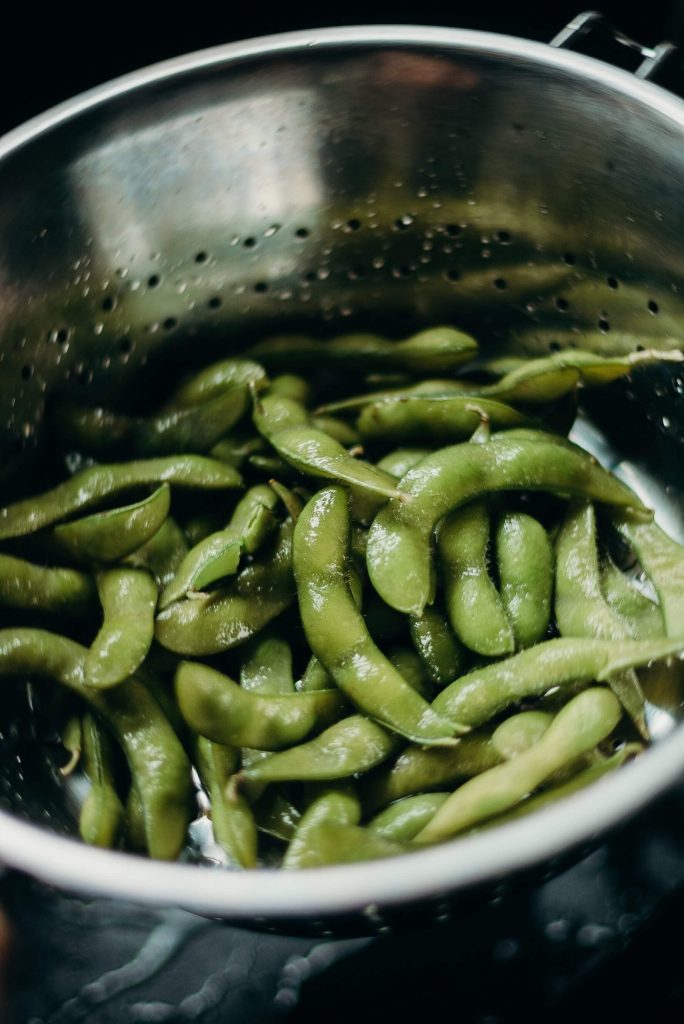
Lima Beans as a Fava Bean substitute
Lima beans, also known as butter beans, are large, flat, and creamy-white legumes, or pale green, with a slightly starchy and buttery flavor. If you’re looking for an alternative to fava beans, lima beans can be a great option.
To use lima beans as a substitute for fava beans, you’ll want to cook them until they’re tender. If your recipe calls for fresh fava beans, you can swap them out for cooked and peeled lima beans. Lima beans work well in a variety of dishes, such as salads, soups, stews, and side dishes.
Consider incorporating lima beans into pasta dishes, casseroles, or even making a hearty lima bean and vegetable stew. Their creamy texture and mild taste make them adaptable to different flavor profiles, so feel free to experiment and create your own delicious dishes with lima beans as a fava bean alternative!
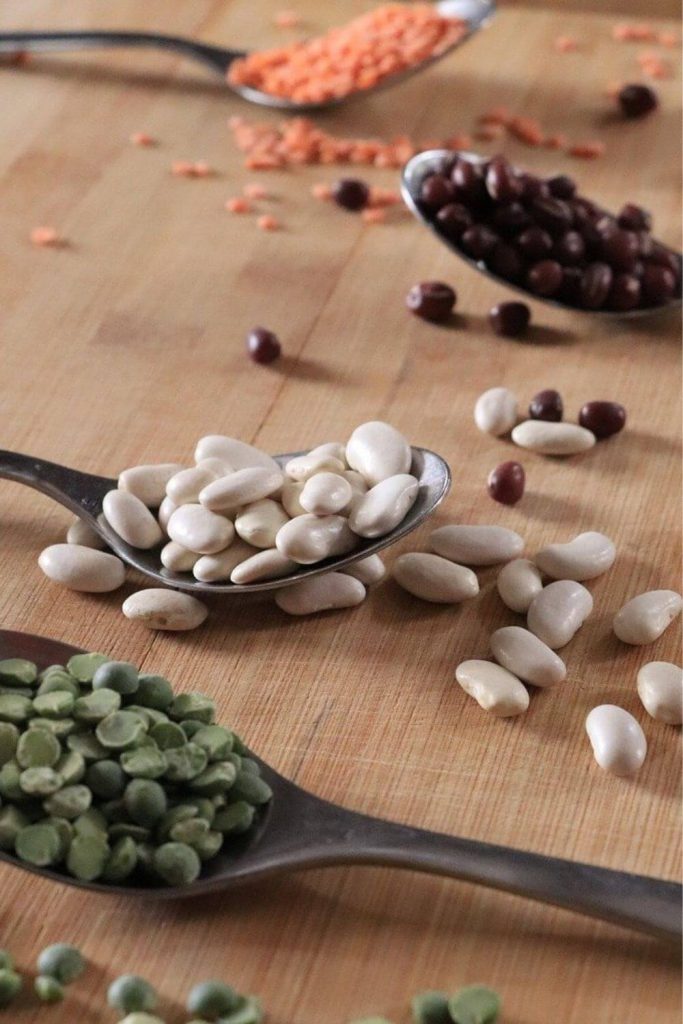
Butter Peas as a Fava Bean substitute
Butter peas, also known as baby lima beans, are small, tender legumes with a delicate and slightly sweet flavor. They are similar to lima beans but smaller in size. They can be white or pale green in color. If you’re considering them as an alternative to fava beans, here’s how you can use butter peas in your recipes.
To substitute butter peas for fava beans, cook them until they are tender. If your recipe calls for fresh fava beans, you can swap them out for cooked and peeled butter peas. These little beans work well in a variety of dishes, such as salads, rice dishes, and also vegetable medleys.
Why not try incorporating butter peas into pasta salads, casseroles, or you could sauté them with other vegetables as a side dish. Their small size and mild, sweet taste make them versatile in different culinary creations. Give them a shot and enjoy the unique flavor and texture that butter peas bring to your dishes as a fava bean alternative!
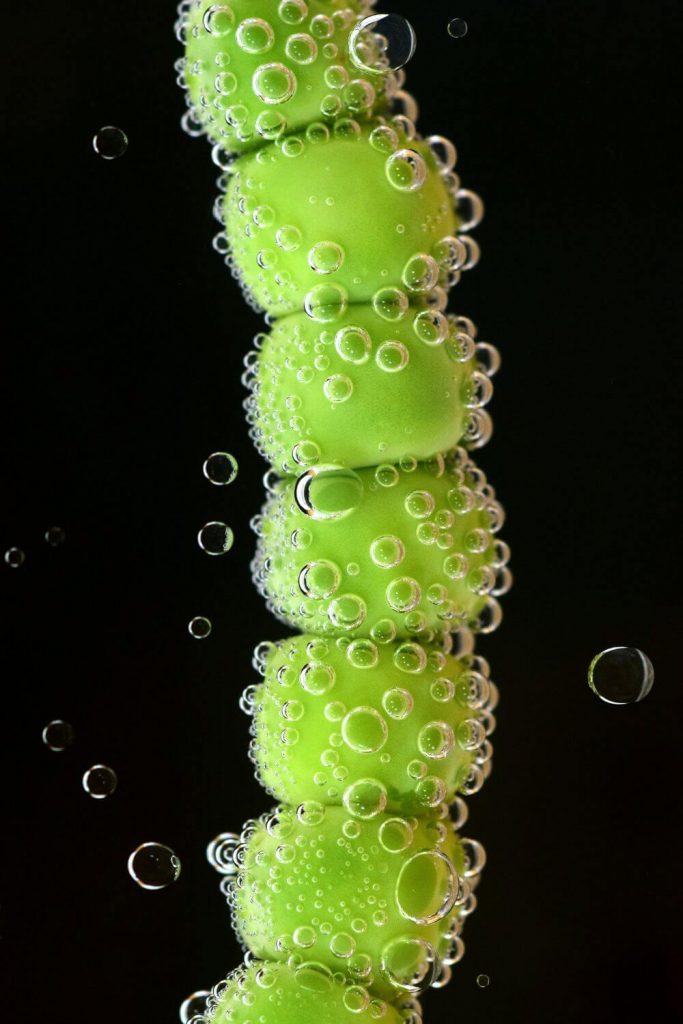
Roasted Chickpeas as a Fava Bean substitute
Roasted chickpeas are a crunchy and flavorful snack made by seasoning and roasting chickpeas until they become crispy. If you’re looking for an alternative to fava beans, roasted chickpeas can be a tasty and convenient option.
To use roasted chickpeas as a substitute for fava beans, you can incorporate them into various dishes or enjoy them as a snack. While the texture is different from fava beans, the crunchiness of roasted chickpeas can add an interesting element to your recipes.
Consider using roasted chickpeas in salads for a delightful crunch, tossing them into grain bowls for added texture, or you could even sprinkle them on top of soups and stews as a garnish. Additionally, you can create a fava bean alternative by combining roasted chickpeas with other beans, vegetables, and also herbs to make a flavorful and satisfying dish.
Whether you’re exploring new salad combinations or experimenting with grain bowl toppings, roasted chickpeas bring a unique crunch and flavor that can enhance your recipes as a creative alternative to fava beans. Plus, they make for a fantastic standalone snack!
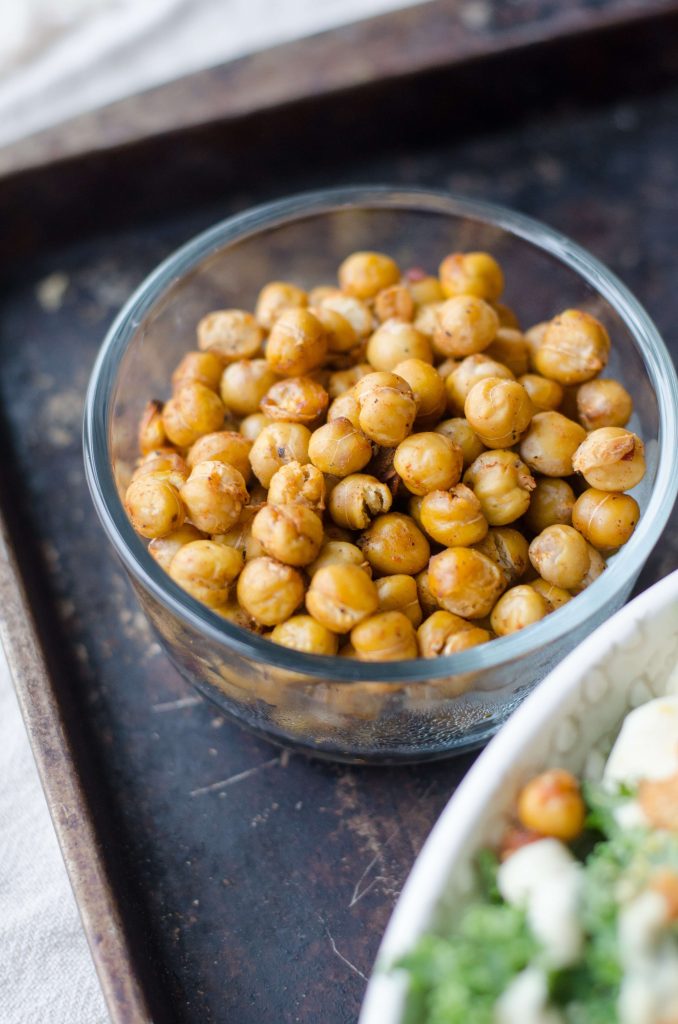
Mung Beans as a Fava Bean substitute
Mung beans are small, green legumes commonly used in Asian cuisine. They have a mild, slightly sweet flavor and a tender texture when cooked. If you’re considering them as an alternative to fava beans, here’s how you can use mung beans in your recipes.
To substitute mung beans for fava beans, you’ll want to cook them until they are soft. If your recipe calls for fresh fava beans, you can use cooked and peeled mung beans instead. Mung beans work well in a variety of dishes, offering a unique taste and texture.
Try incorporating cooked mung beans into salads, stir-fries, or curries. They can also be used in soups or mixed with other vegetables and grains. They also work really well in both savory and even sweet dishes.
Whether you’re exploring new ways to enhance salads or looking to add a protein boost to your curries, mung beans can provide a fresh twist as a fava bean alternative. Give them a go and enjoy the delightful flavor and texture they bring to your culinary creations!
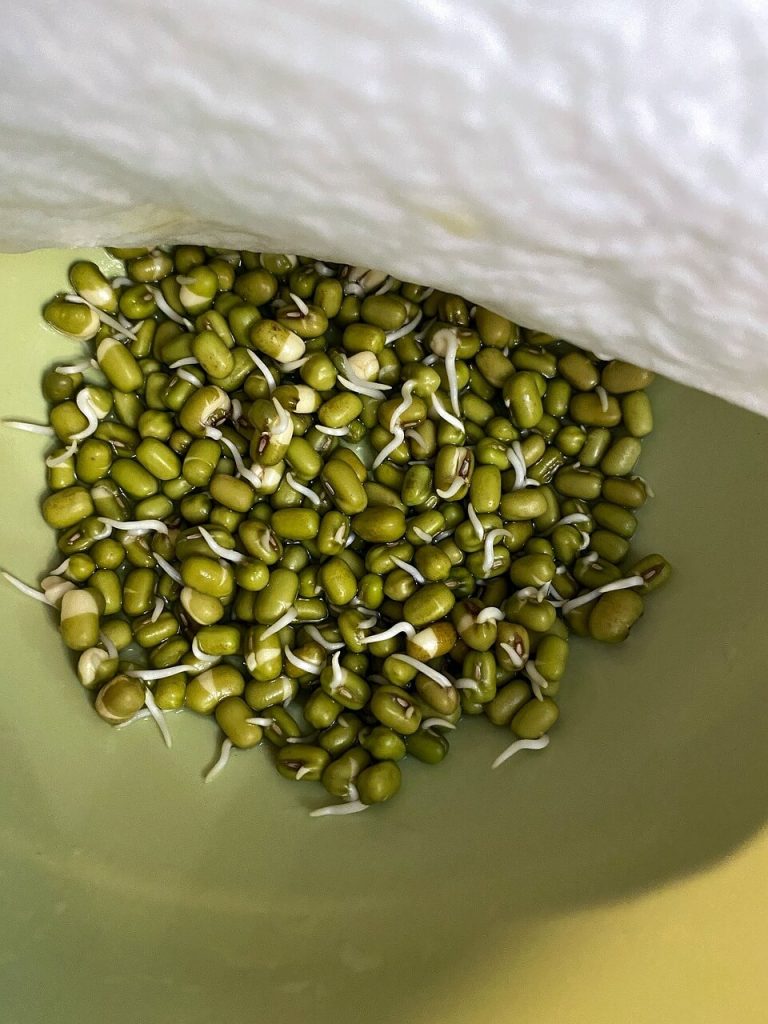
Green Peas as a Fava Bean substitute
Green peas are small, spherical legumes with a sweet and fresh flavor. They are commonly used in various cuisines around the world. If you’re considering green peas as an alternative to fava beans, here’s how you can use them in your recipes.
To substitute green peas for fava beans, you can use them in a variety of dishes. If your recipe calls for fresh fava beans, you can swap them out for fresh or even frozen green peas. Green peas work well in salads, pasta dishes, risottos, and as a side dish.
For a quick and easy alternative, you can use green peas in a salad by tossing them with other vegetables, herbs, and a flavorful dressing. In pasta dishes, consider adding green peas during the last few minutes of cooking for a burst of color and sweetness. They also work beautifully in risottos, providing a lovely texture and taste.
Green peas can be mashed and used as a spread or dip, and they’re excellent additions to fried rice, casseroles, or even as a side dish on their own. Their versatility and vibrant green color make them a fantastic substitute for fava beans in various recipes.
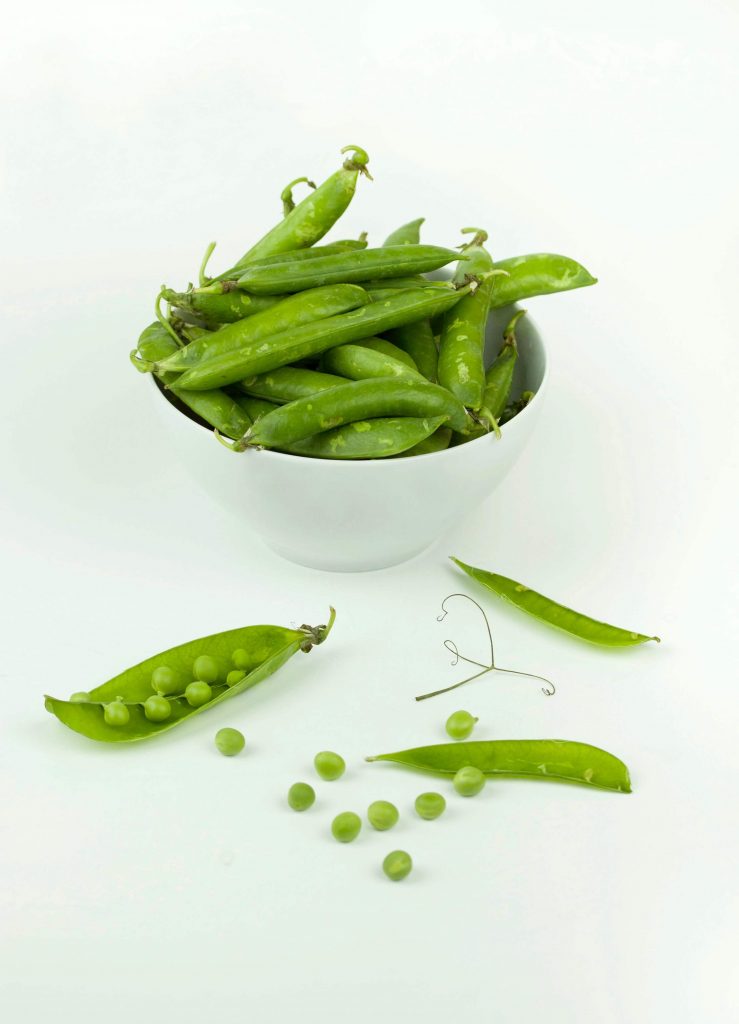
Cannellini Beans as a Fava Bean substitute
Cannellini beans are large, white Italian kidney beans with a mild, nutty flavor and a creamy texture. If you’re looking for an alternative to fava beans, cannellini beans can be a great option.
To use cannellini beans as a substitute for fava beans, you’ll want to use them in a similar way. If your recipe calls for cooked fava beans, you can simply swap them out for cooked cannellini beans. They work well in a variety of dishes, such as salads, soups, stews, and also pasta dishes.
Consider incorporating cannellini beans into salads for added protein and creaminess, or use them in soups and stews for a hearty texture. They can also be mashed and spread on crostini or even used as a filling for wraps and sandwiches.
Cannellini beans can easily absorb the flavors of the dishes they’re used in. Their creamy consistency makes them a suitable alternative for fava beans in many recipes.
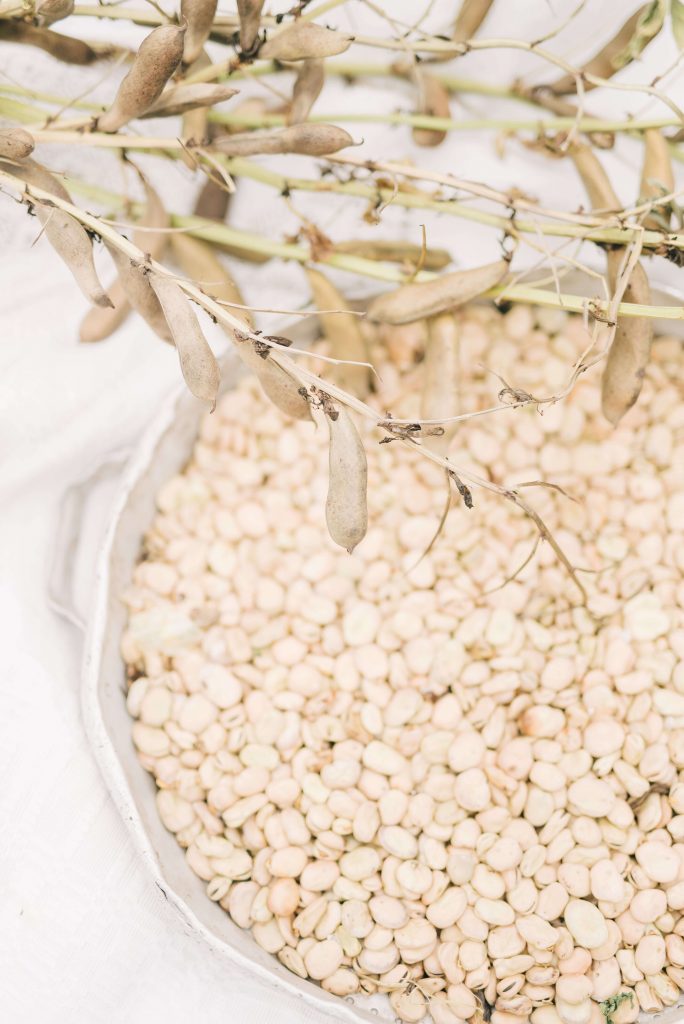
Red Kidney Beans as a Fava Bean substitute
Red kidney beans are large, kidney-shaped legumes with a robust flavor and a smooth, somewhat starchy texture. While they have a different taste and texture compared to fava beans, you can still use them as an alternative in certain dishes.
If you’re substituting red kidney beans for fava beans, consider how their flavor and texture will complement the recipe. Kidney beans work well in salads, soups, stews, and also chili. If your recipe calls for fresh fava beans, you can use cooked and drained red kidney beans instead.
In salads, kidney beans can add a hearty and protein-rich element. For soups and stews, they contribute a substantial texture and absorb the flavors of the dish. Kidney beans also shine in chili, where their meaty texture complements the overall heartiness of the dish.
Remember to adjust cooking times as needed, as kidney beans might not require as much time to cook as fava beans. While they may not perfectly replicate the taste and texture of fava beans, red kidney beans can bring their own unique qualities to your dishes. Give them a try and see how they enhance your favorite recipes!
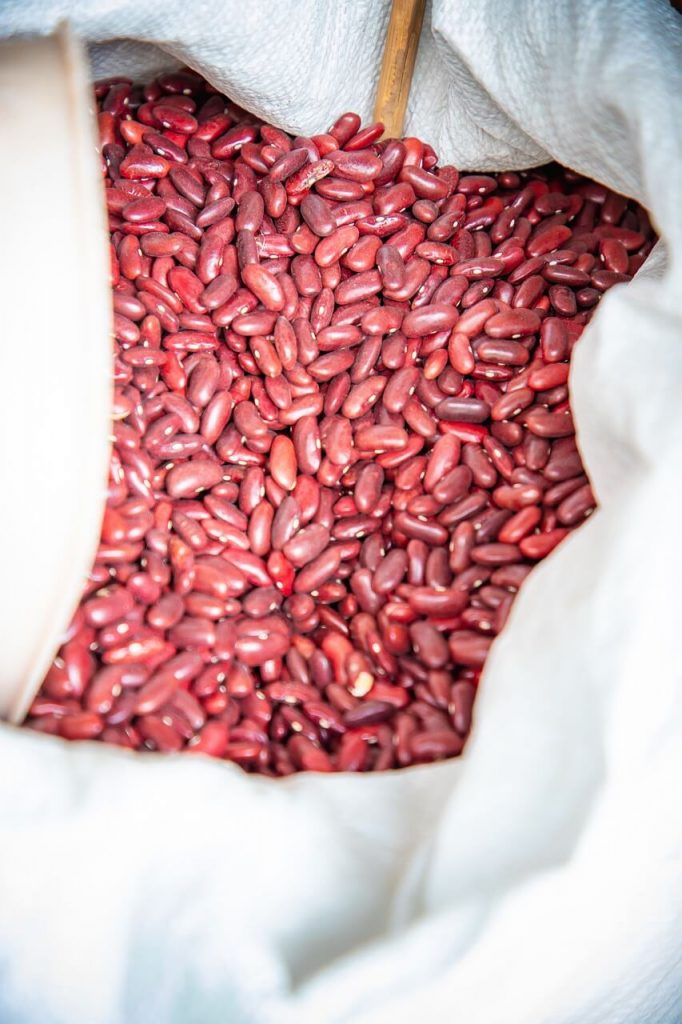
Sugar Snap Peas as a Fava Bean substitute
Sugar snap peas are crisp, sweet, and edible-podded peas with a delightful crunch. While they do have a different texture compared to fava beans, they can serve as a fresh and flavorful alternative in certain dishes.
If you’re substituting sugar snap peas for fava beans, you’ll want to use them in recipes where their crispness can be appreciated. If your recipe calls for fresh fava beans, consider using blanched or raw sugar snap peas instead.
Sugar snap peas are excellent in salads, stir-fries, and also as a side dish. Their sweet flavor and crunchy texture can add a refreshing element to your dishes. Try tossing them into a salad for a burst of freshness or adding them to a stir-fry for a delightful crunch.
You can also serve sugar snap peas as a simple side dish by blanching or steaming them lightly. They pair well with various proteins and can be a colorful and nutritious addition to your meals.
While sugar snap peas won’t replicate the creamy texture of fava beans, their unique crunch and sweetness can bring a different but equally enjoyable dimension to your recipes.
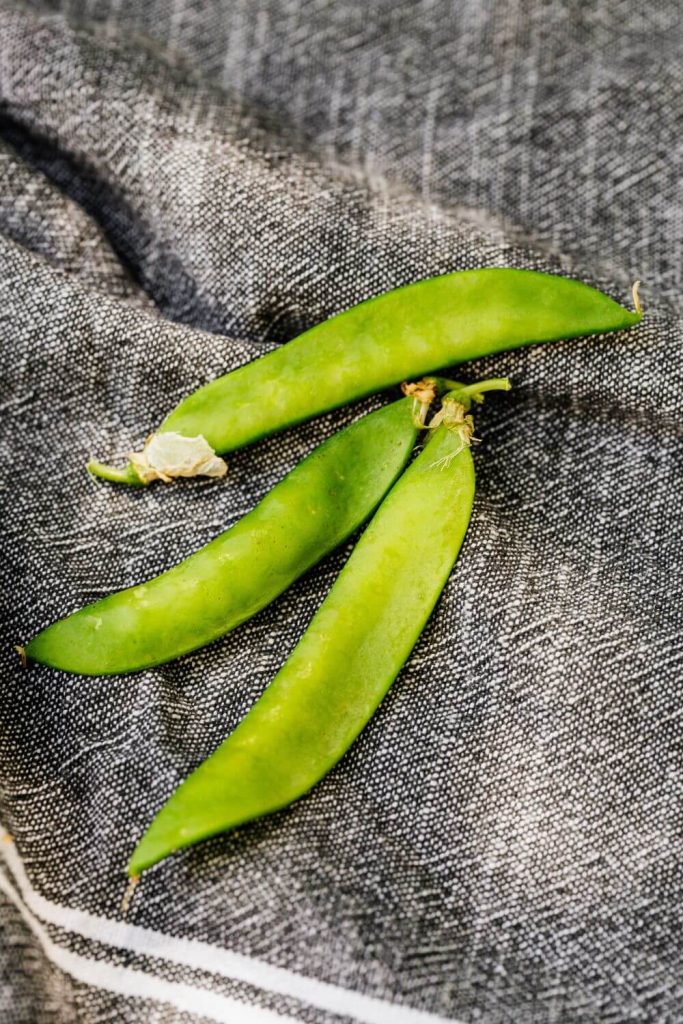
FAQs
What do fresh Fava Beans taste like?
Ah, fresh fava beans – they’re like little green nuggets of culinary joy! They have a combination of earthiness, sweetness, and also a touch of nuttiness all packed into a vibrant green pod. When you pop them out and give them a taste, you’ll encounter a tender, buttery texture that’s both satisfying and delightful.
The flavor profile of fresh fava beans is quite unique. There’s a mild sweetness that sets them apart from other legumes, and their nutty undertones add a layer of richness to dishes. Some describe the taste as a mix between fresh peas and a hint of asparagus. It’s this distinct flavor that makes fava beans a sought-after ingredient in various cuisines around the world.
Now, here’s the fun part – when you incorporate fresh fava beans into your recipes, they not only bring their own flavor but also have this magical ability to complement and enhance the overall dish. From salads to pasta dishes, their versatility knows no bounds.
So, next time you spot those fresh fava beans at the market, don’t hesitate to give them a try. Your taste buds are in for a treat!
What do dry Fava Beans taste like?
Dry fava beans, also known as dried broad beans, have a distinct taste compared to their fresh counterparts. When dried, fava beans undergo a transformation in both texture and flavor. The result is a more concentrated, hearty profile.
In terms of taste, dry fava beans have a robust, earthy flavor with a slightly nutty undertone. The drying process intensifies their essence, making them a bit stronger in taste compared to fresh fava beans. The texture, once rehydrated during cooking, becomes dense and creamy, making them perfect for hearty stews, soups, and also purees.
When cooked, dried fava beans can absorb the flavors of the ingredients they’re paired with, adding a rich, savory depth to your dishes. This makes them a fantastic addition to various recipes, from Mediterranean stews to Middle Eastern dips.
So, if you’re up for a heartier and more concentrated fava bean experience, give the dried version a go. They bring a robust, earthy charm to the table that can elevate your dishes.
Fava Bean versus Chickpeas
According to a study by Future Market Insights, chickpeas have been gaining popularity as a fava bean substitute, with a 6.9% increase in usage expected over the next number of years. And those mung beans? Their sales spiked by 15% after a viral TikTok video featuring them as the surprise star in a fava-free falafel recipe.
Summary for Fava Bean substitutes
Okay – that’s you all sorted with suitable substitutes for fava beans.
Hopefully you will find a suitable alternative to fava beans on our list of substitutes. Just experiment until you find the right one.
- Edamame: These young soybeans are a fantastic substitute with a slightly nutty flavor. Boil or steam them, and they’ll bring a similar tender bite to your dishes.
- Lima Beans: Creamy and buttery, lima beans make an excellent replacement. They work well in stews, soups, and also salads, offering a similar texture to fava beans.
- Butter Peas: These little green gems bring a subtle sweetness to the table. Perfect for salads or as a side dish, butter peas add a touch of freshness to your recipes.
- Roasted Chickpeas: For a crunchy twist, roasted chickpeas are your go-to. They add a delightful texture and a nutty flavor, making them a versatile alternative in various dishes.
- Mung Beans: Surprisingly versatile, mung beans can be used in unexpected ways. They hold up well in different recipes, from salads to soups, and even desserts like ice cream.
- Green Peas: Don’t underestimate the humble green pea. They bring a vibrant color and a burst of sweetness, making them a great substitute in dishes like risottos and purees.
- Cannellini Beans: For added protein and creaminess why not consider incorporating cannellini beans into salads. Their creamy consistency makes them a suitable alternative for fava beans in many recipes.
- Red Kidney Beans: Kidney beans can add a hearty and protein-rich element. And when added to soups and stews, they contribute a substantial texture and absorb the flavors of the dish.
- Sugar Snap Peas: Sugar snap peas won’t replicate the creamy texture of fava beans, but their unique crunch and sweetness can bring a different but equally enjoyable dimension to your recipes.
Each of these alternatives has its unique charm, offering you a variety of textures and flavors to play with in your kitchen adventures. So, which one will you be experimenting with first?
We have gathered together a lot more facts on ingredients such as herbs, spices, oils, nuts, etc. if you would like to learn some more.
Or if you need to swap out another ingredient have a look at our Substitutes section.
Table of Contents
- What is the best Fava Bean substitute?
- What are Fava Beans?
- What can I use Fava Beans for?
- What can I substitute for Fava Beans
- Fava Bean substitutes
- Edamame as a Fava Bean substitute
- Lima Beans as a Fava Bean substitute
- Butter Peas as a Fava Bean substitute
- Roasted Chickpeas as a Fava Bean substitute
- Mung Beans as a Fava Bean substitute
- Green Peas as a Fava Bean substitute
- Cannellini Beans as a Fava Bean substitute
- Red Kidney Beans as a Fava Bean substitute
- Sugar Snap Peas as a Fava Bean substitute
- FAQs
- Summary for Fava Bean substitutes
